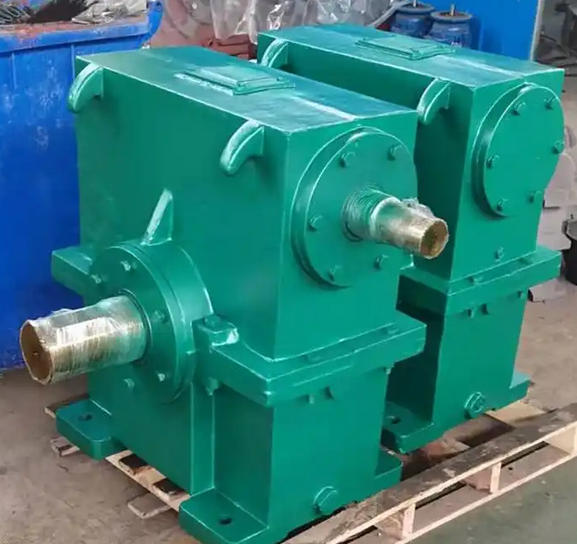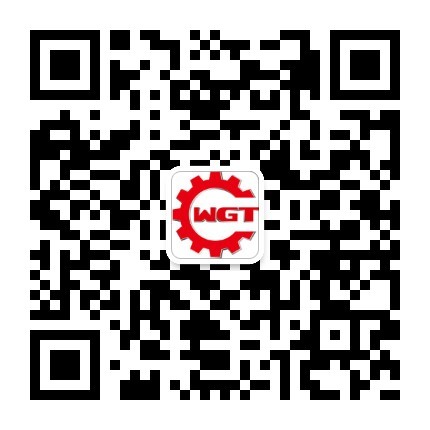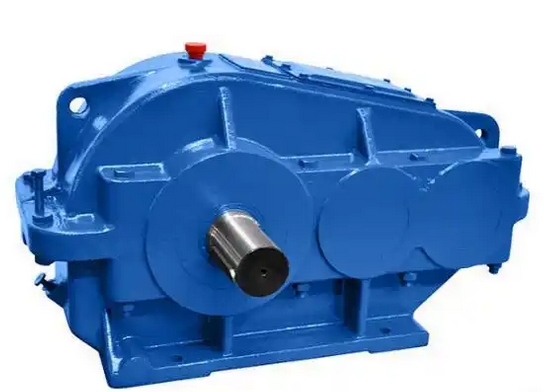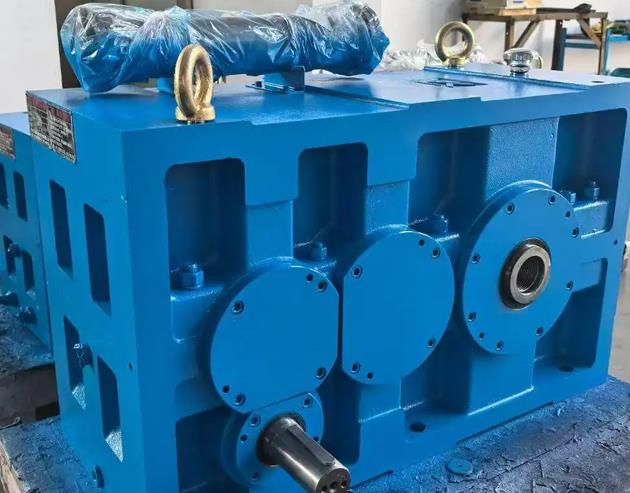What factors affect the transmission efficiency of WS300-23.5-II worm gear reducer
The transmission efficiency of WS300-23.5-II worm gear reducer is affected by various factors, as follows:Worm lead angle: The larger the lead angle, the smaller the sliding friction between the worm and worm gear teeth, and the higher the transmission efficiency. Generally speaking, a lead angle between 3.5 ° and 33 ° is more suitable. If it exceeds 30 °, although theoretically the efficiency will be further improved, the processing difficulty will significantly increase. In addition, multi head worms have a larger lead angle than single head worms, so under the same conditions, multi head worms (such as double head and triple head) have higher transmission efficiency, but at the same time, the transmission ratio will correspondingly decrease.

Material pairing and friction coefficient: Worm gears are usually made of steel materials, such as medium carbon steel or medium carbon alloy steel, while worm gears are made of bronze materials, such as cast tin bronze or cast aluminum bronze. This combination of steel worm gear and bronze worm gear can effectively reduce the friction coefficient, minimize wear, and thus improve transmission efficiency. In addition, quenching and hardening treatment of the worm gear, or surface treatment such as plating (such as tin plating) on the worm wheel, can further reduce friction and increase efficiency by about 5% -10%.
Manufacturing and assembly accuracy:
Tooth surface roughness: The lower the tooth surface roughness, the smoother the tooth surface, and the lower the friction between the worm and worm gear during meshing, resulting in higher efficiency. For example, for every 1 level reduction in tooth surface roughness, efficiency can be improved by 2% -3%.
Mesh clearance: Excessive mesh clearance can cause impact during transmission and increase energy loss; And if the gap is too small, it will increase friction. Therefore, it is necessary to accurately adjust the meshing clearance to ensure transmission efficiency.
Assembly neutrality: If the axis or angle deviation between the worm gear and the worm wheel is offset, it will exacerbate local wear and reduce transmission efficiency by up to 10% -15%. So, during assembly, it is necessary to ensure the alignment accuracy between the worm gear and the worm wheel axis.
Lubrication conditions:
Lubricant performance: The viscosity selection of lubricating oil is crucial. Lubricating oil with higher viscosity can form a thicker oil film, reducing direct contact and friction between tooth surfaces. However, high viscosity will increase oil stirring loss and actually reduce efficiency. Generally speaking, for worm gear reducers, ISO VG 220-460 lubricating oil is often used. In addition, adding lubricating grease containing extreme pressure additives such as MoS ₂ or graphite can reduce friction under boundary friction conditions and increase efficiency by about 3% -5%.



